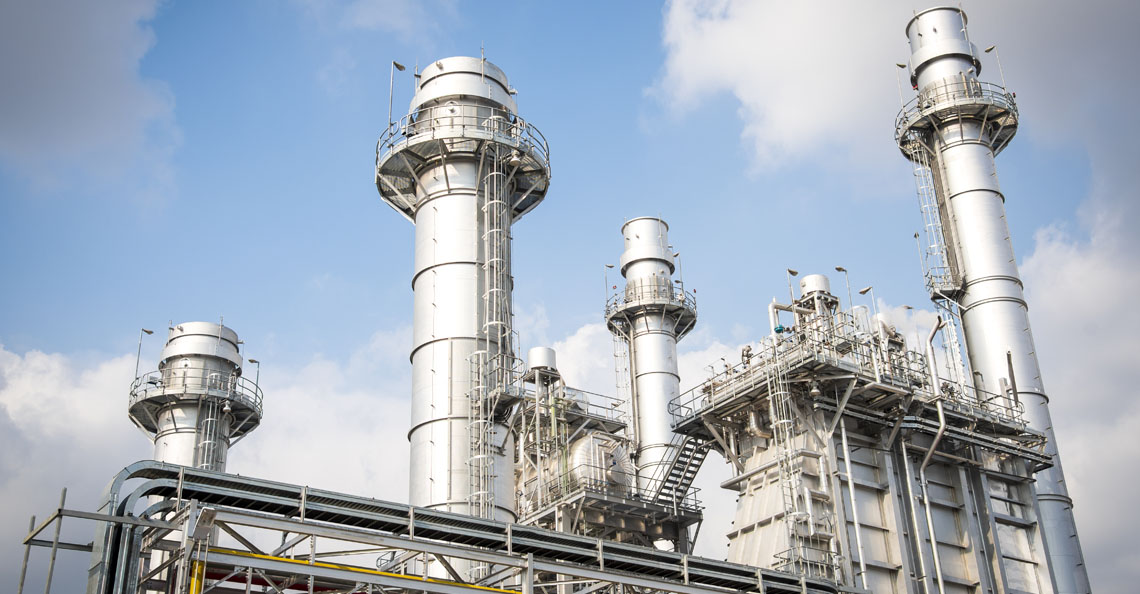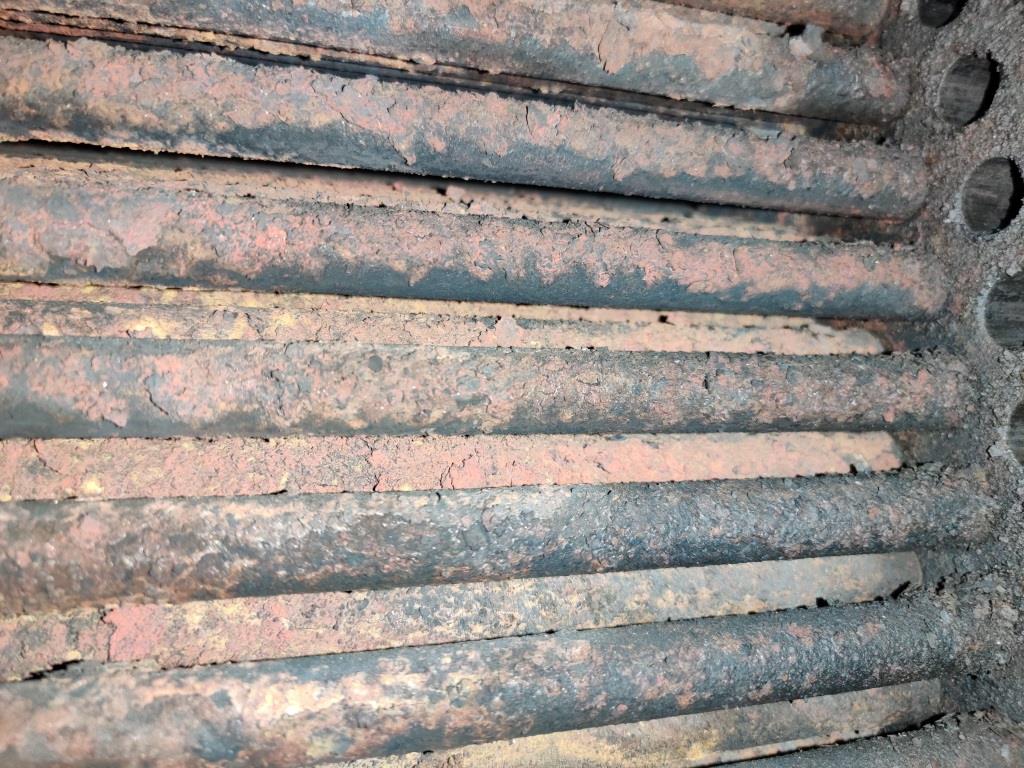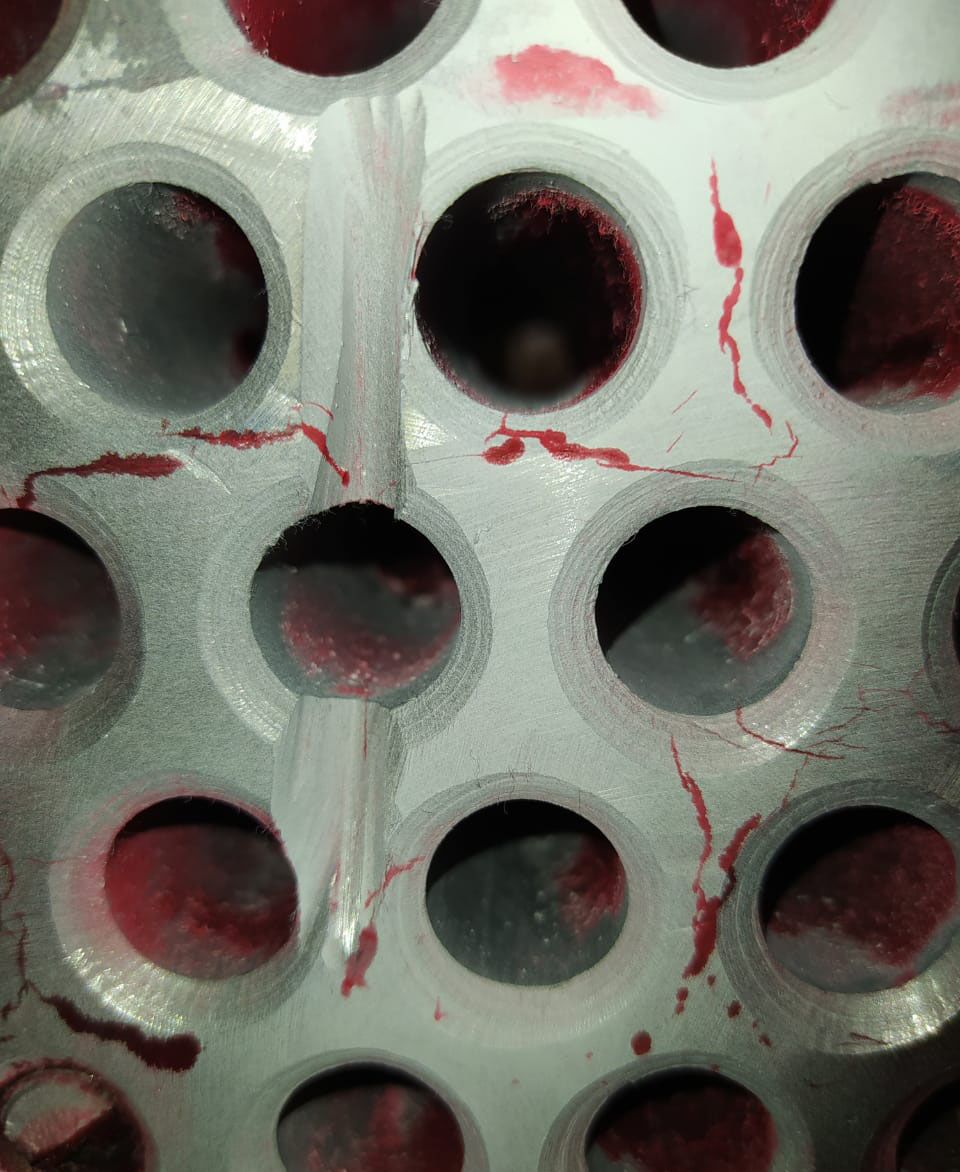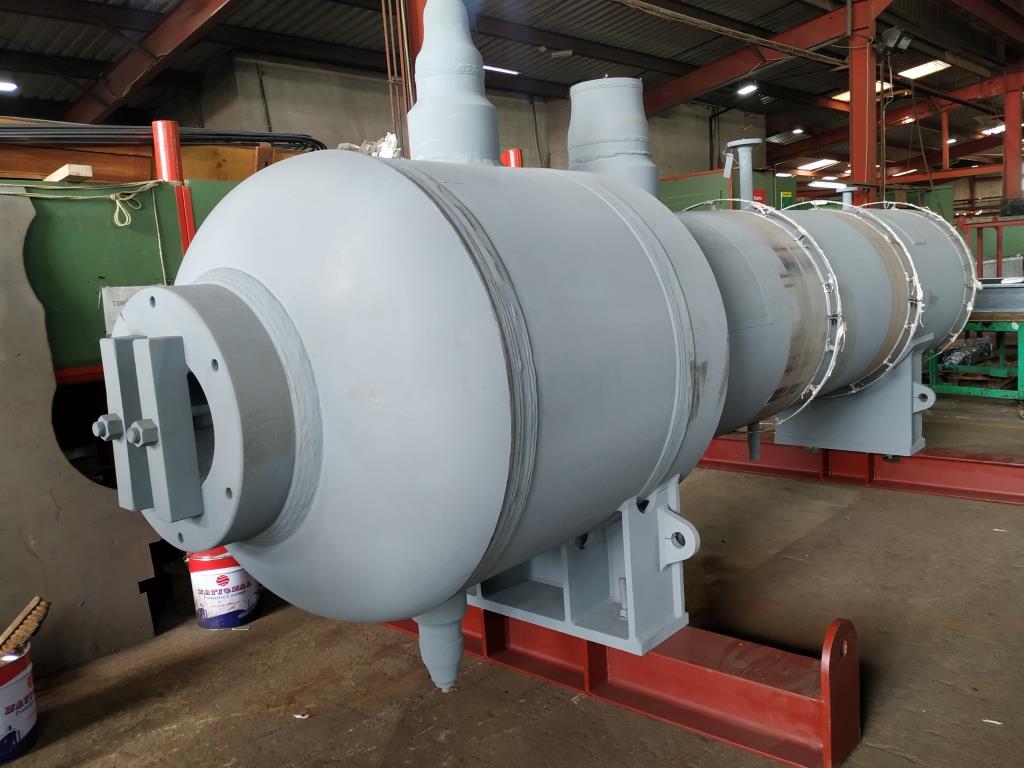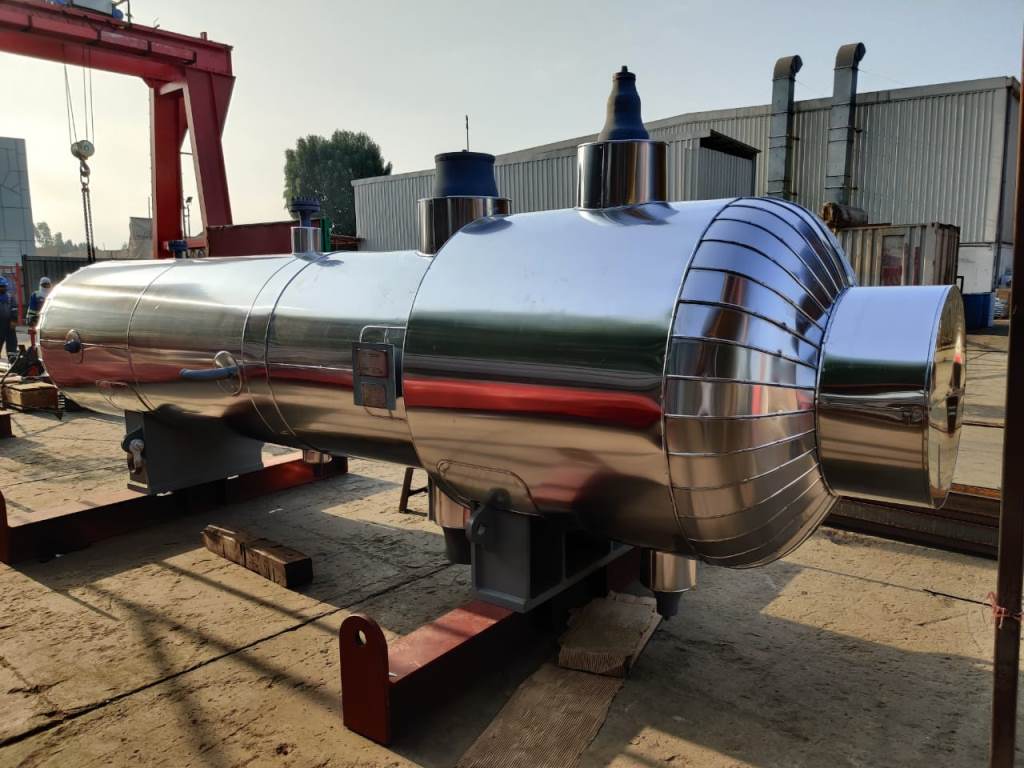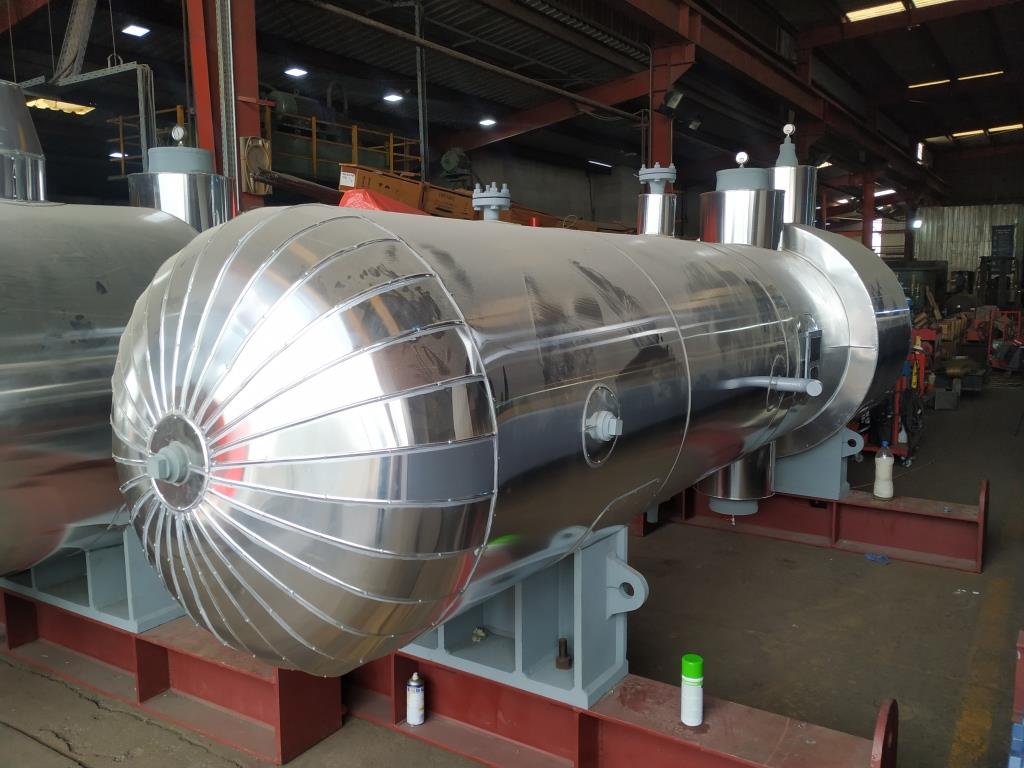Our client, a national power & water utility was in need of a repair and retubing of fuel gas performance heaters in their natural gas electricity generation plant.
This set of six heaters (configured in 3 pairs) are critical for maintaining plant efficiency, as they warm up the incoming natural gas before it enters the turbine. With increased gas temperatures, the gas turbines are able to achieve the desired firing temperatures with a reduced amount of fuel. In this particular case, the setup has the natural gas in the shell side, with heating water inside the tubes.
The units were approximately 15 years old, and have been experiencing tube failures for many years to a point where over 60% of the tubes were plugged due to failure. The client called the experts at Serck to help.
Challenge: Site access
The client wasn’t sure why these tubes were failing, but knew they couldn’t continue plugging tubes any longer, so contacted Serck for a full refurbishment.
However, the first challenge would be moving the units out of the plant! This would be tricky under normal circumstances, as on this site, the heat exchangers aren’t in a location accessible by crane. With COVID-19 adding complications for access, the Serck team were able to conduct a detailed site survey and devised a special rail-roller system to move the units to a more accessible location, where the heaters were then crane-lifted onto a trailer for transport to the Serck workshop.
Challenge: Root Cause Analysis
With the heaters in the workshop, the team was able to take a closer look at the nature of the tube failures. The failure pattern was unusual for this type of application. Simply repairing and retubing the units could lead to the same set of problems in the future. Although it wasn’t included in the original scope of work, a detailed root cause analysis study was conducted on the units to ensure their post-repair integrity and safe operation.
As the experts at Serck pored over the various aspects of these heat exchangers, their analysis led them to carry out individual tube testing on the full set of tubes on one of the pairs. A special fixture was fabricated for high-pressure hydro testing of these tubes, which led to identification of the exact tube location failure: the tube-to-tube sheet joint area.
Further investigation here identified the expansion contact between the tube and tube sheet wasn’t uniform or within the required expansion range, leading to leaks where the process fluid was entering the crevice areas, weakening both the tubes and tube sheet.
Solution: Specialist knowledge and equipment saves the day
The team now knew the tubes were failing at or very near the sheet joint due to insufficient contact between the tube and tube sheet hole. But rectifying the issues would still require a number of specialist materials and processes to ensure the same problems didn’t re-emerge.
The only way to confidently repair and rectify the leakage issue was to use specialist high-pressure hydraulic expansion to ensure uniform expansion between the tubes and tube sheet.
The team also added some custom-designed short path pipes to overcome tube suffocation and associated erosion at the gas outlet.
Inspection revealed that some of the tube sheets were cracked beyond repair, and so four of them were replaced, and the 100mm joints welded via Submerged Arc welding, and then post-weld heat-treated to relieve any material stress developed during the welding process.
Result: Repaired Units and Increased Confidence in their performance
Each stage of the repair was carried out under an ASME-authorized inspector’s review, and the Serck team were able to return the units to the client with confidence and the ASME R stamps to go along with it.
The Serck team are experts in diagnosing and repairing complex heat exchangers for a variety of applications. To have them help with your trickiest issues, contact us today.

